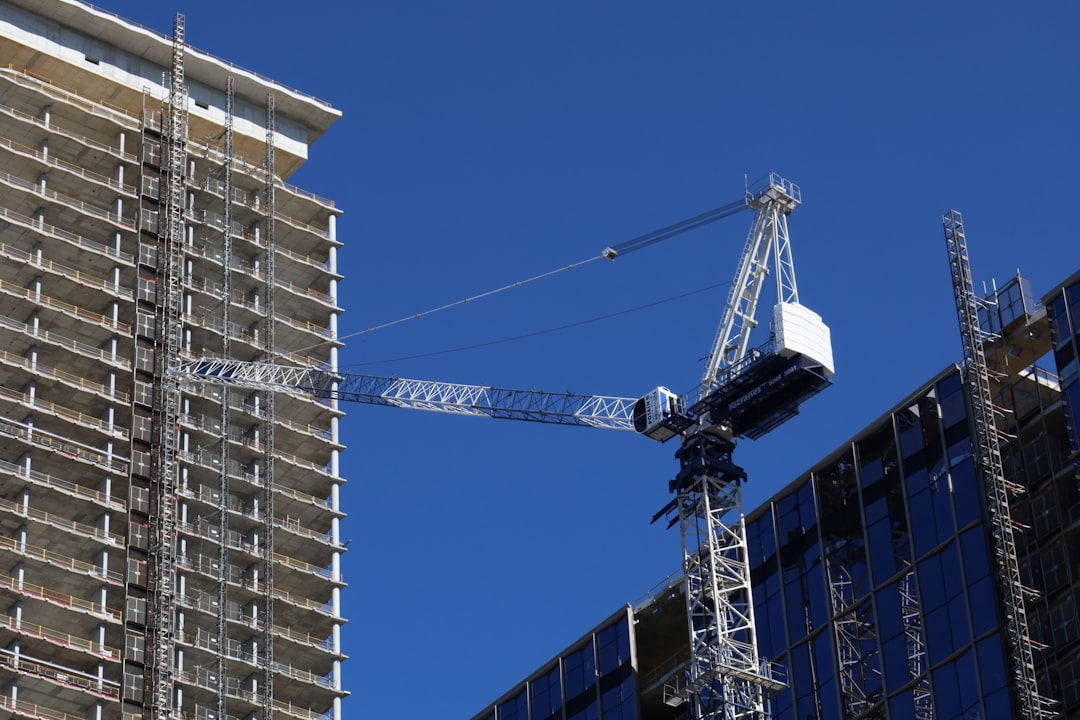Comprehensive Dallas Pool Cost Guide for Construction Professionals
Understanding the cost of building a pool in Dallas is crucial for construction professionals. The average cost for a turnkey pool in 2025 ranges from $78,000 to $115,000, with luxury options exceeding $200,000. This guide explores the factors influencing these costs and provides strategies to manage budgets effectively.
Average Dallas Pool Cost in 2025
Based on real-time estimates, the median cost for a pool in Dallas, including excavation, shell, plaster, decking, and permits, is between $78,000 and $115,000. Luxury features can push costs over $200,000.
Key Factors Influencing Pool Costs
- Size & Shape: A 15'x30' rectangle is more cost-effective than a 20'x40' lagoon.
- Structure Type: Shotcrete and gunite are preferred due to soil conditions.
- Soil & Access: Urban lots may require hand-digging, increasing costs by up to 15%.
- Finish Materials: High-end finishes can double surface budgets.
- Equipment & Automation: Advanced systems increase efficiency and costs.
- Local Regulations: Fees and inspections can add $3,000-$7,500.
Why Dallas Pricing Differs From National Averages
- Clay soils require deeper beams and more rebar.
- High evaporation rates necessitate larger filters.
- Year-round swimming potential increases demand for heaters.
- Population growth affects labor costs.
How CountBricks Provides Accurate Pool Estimates
Voice-to-Estimate Technology
Discuss project details while CountBricks updates estimates in real-time.
Live Material Feeds
Get up-to-date pricing from regional suppliers.
Blueprint Takeoffs
Upload PDFs for automatic material calculations.
Task-Based Scheduling
Compare crew rates and schedule efficiently.
Typical Cost Breakdown
- Excavation & Haul-Off: 10-15%
- Structural Concrete & Rebar: 25-30%
- Plumbing & Electrical: 10-12%
- Interior Finish & Tile: 12-15%
- Decking & Coping: 10-14%
- Equipment Set: 8-10%
- Permits, Engineering, Contingency: 5-8%
Pro Tips to Manage Pool Costs
- Choose geometric shapes to reduce costs.
- Schedule excavation in off-peak months.
- Opt for single accent bands instead of full tile walls.
- Install variable-speed pumps for energy savings.
- Use CountBricks to compare deck finishes.
CountBricks Pool Estimating Workflow
- Start a voice session to describe your project.
- Receive a detailed cost table within 60 seconds.
- Upload PDFs for conflict analysis.
- Review alternative material scenarios.
- Export a proposal ready for e-signature.
Financing and Return on Investment
While pools may not recoup full costs at resale, they are increasingly seen as essential. CountBricks offers lender calculators to evaluate financing options.
Ready to Start Your Project?
For precise estimates and budget management, leverage CountBricks. Visit CountBricks.com for more information.
Case Study: Plano Lap-Pool Project
The Morales family in Plano needed a 75-foot lap pool for under $95,000. Traditional bids were over budget. CountBricks delivered a solution in two days.
Project Highlights
- Optimized soil reports reduced concrete volume.
- Selected cost-effective finishes.
- Efficient scheduling reduced labor costs.
Results
The project was completed for $93,400, within budget and ahead of schedule. Energy-efficient equipment reduced operating costs by 38%.
Key Takeaways
- Use live data for cost savings.
- Rapid iteration for material choices.
- Traceable line items reduce change orders.
For similar projects, visit CountBricks.com to start your estimate.

